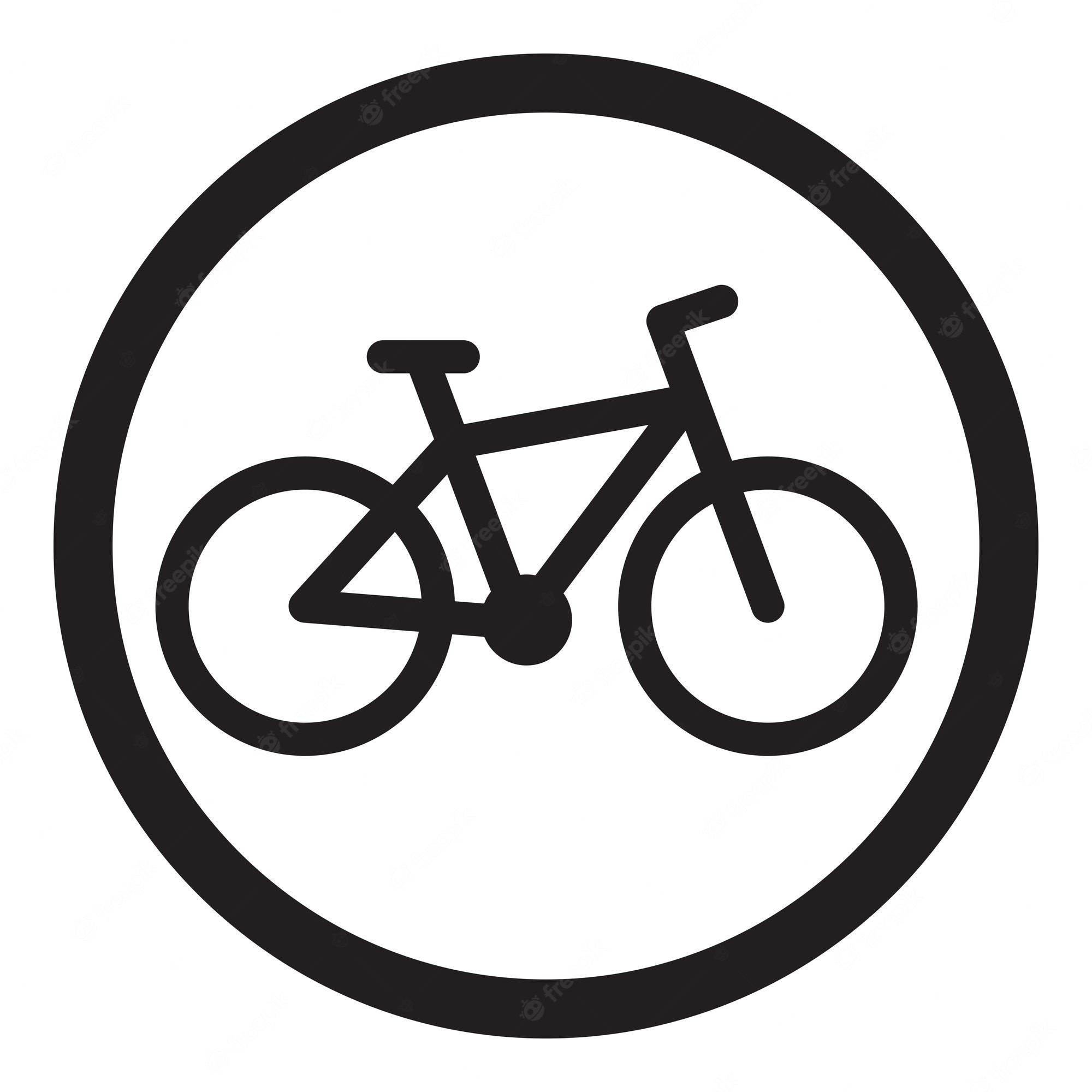If they can have handicap parking, wheelchair ramps, and other accessibility features (rightfully so!), what’s the problem with helping businesses to make their stores accessible by bike?
Everyone wants to support “buy local”, and there’s no better way to do it than by bike!
Seems like installing a simple bike rack would be a win-win-win all around. What exactly is the difficulty?
I don’t believe for a second that it’s a “they don’t know unless you tell them” problem, because I’ve contacted many, MANY stores and plaza management to let them know that they are losing business. Nothing changes.
And it’s not like they can’t see people locking their bikes to signs, trees, fences, or cluttering up the walkways because they have no other options when visiting their business.
Backstory: Over the last two years, I’ve been adding cycling infrastructure to OpenStreetMap. Stuff like bike lanes, bike parking, repair stands, etc. I’ve spent dozens of hours checking plazas in a 30 km radius, local storefronts, malls, etc., to see what options they offer. It’s SHOCKING to see how many have absolutely no bike parking. Large stores, post offices, coffee shops, or even gyms. I try to contact as many as I can, but almost never receive replies or acknowledgement. Contacting local representatives is even more futile, as they have no control over what these businesses do. This means I’m either going far out of my way to visit stores that have bike parking, or I take a car, which seems like madness either way.


How often do you see an empty parking spot? You can fit 6-12 bikes in the average space a parking spot takes up.
My point is that bike racks are the last piece of the puzzle. First we need major changes in urban infrastructure. An empty parking spot at a suburban Wal-Mart will occasionally be used, but an empty bike rack at the same place will never be used because nobody will bike there.
Edit for wording.
True, at one Walmart I went to the area had a significant amount of Amish shoppers. They had horse hitches complete with roofs over them. If enough bike traffic comes through it’s a much easier sell for the business owners.
While I can see your point, I think it’s a chicken vs egg scenario. Major changes to infrastructure don’t come about unless theres a need to be legally compliant, or there’s a societal change driving the need. I really do think that if half of my neighborhood started biking in some capacity on a regular basis there’d be bike racks on store fronts in a matter of weeks, followed by the necessary infrastructure change. But I don’t necessarily see it working the other way as quickly. Trust me though, I’d rather the infrastructure changed first as you said because it’s kind of a nightmare riding around safely in some parts of my town.